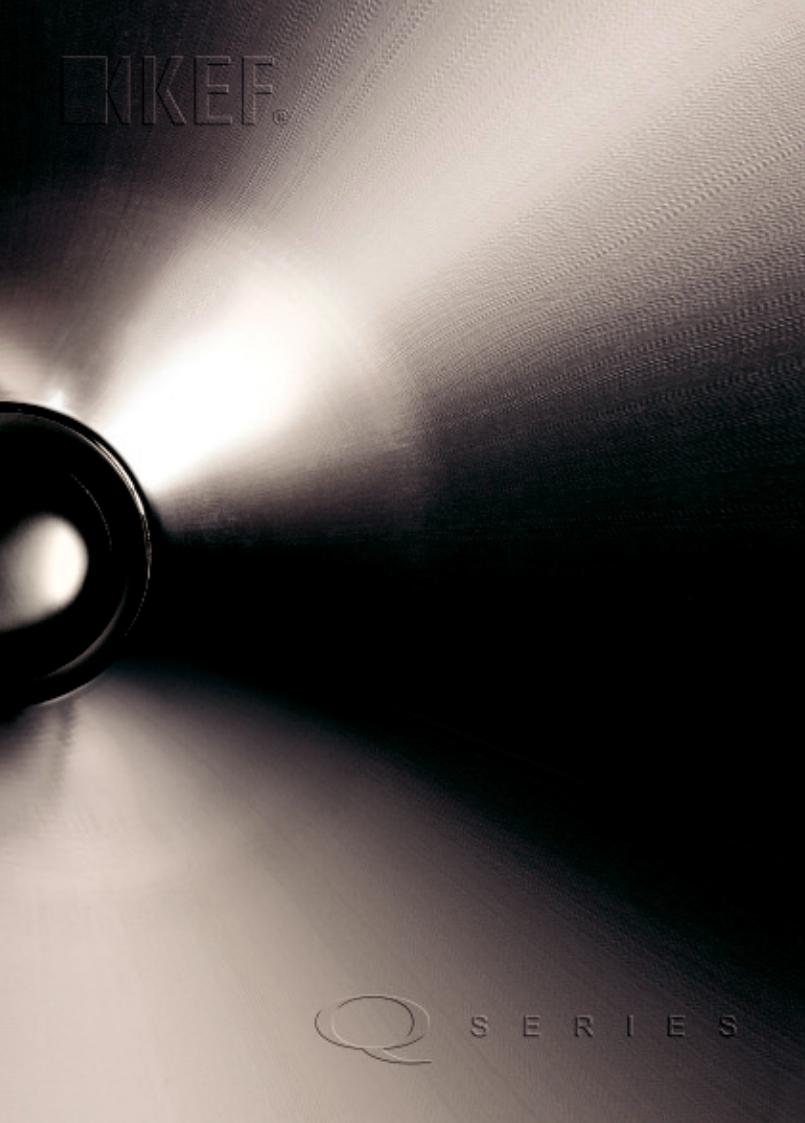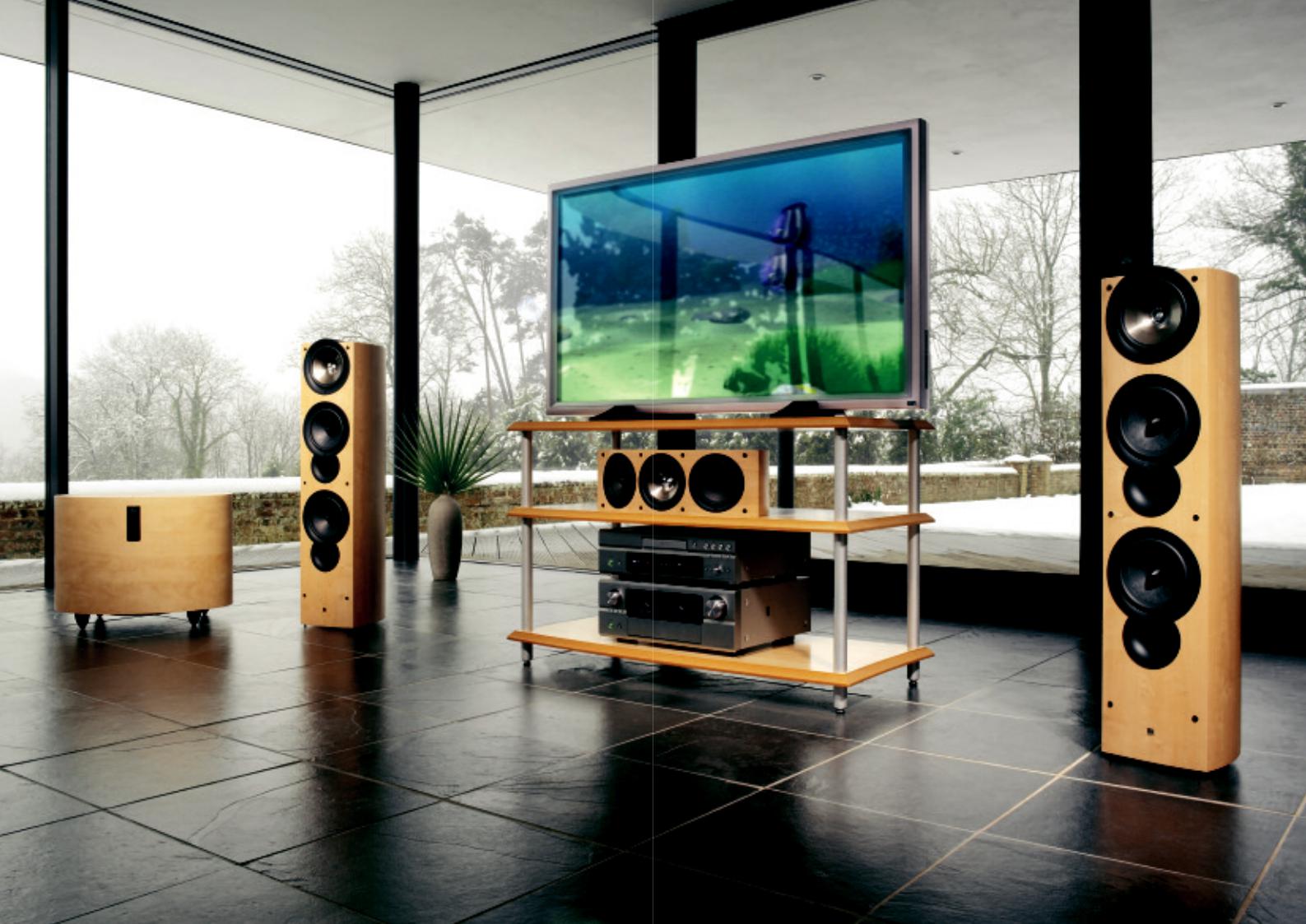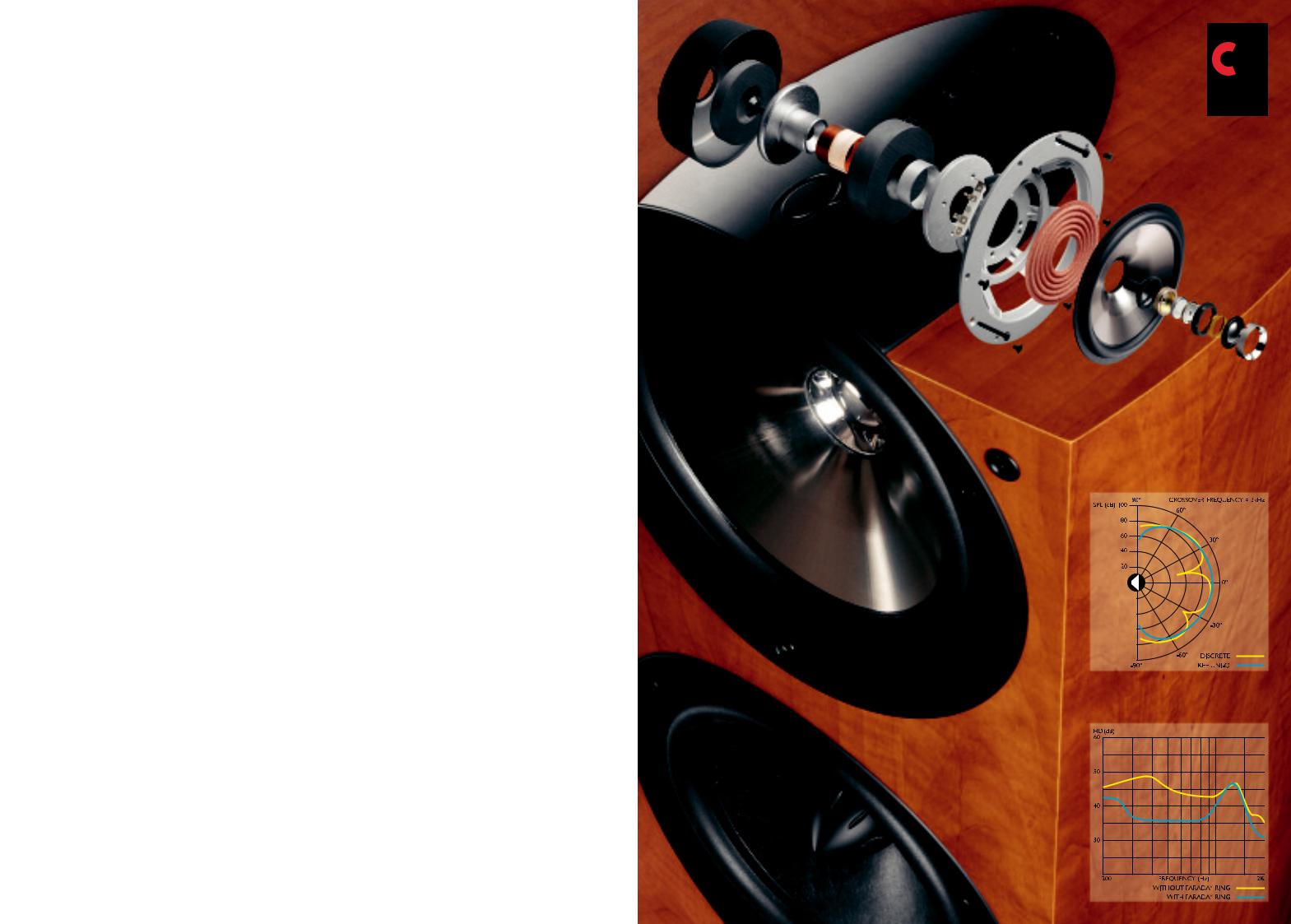KEF IQ-9 Brochure


Acoustic intelligence - that’s the best way to describe what KEF engineers have applied to create a new range worthy of the award-winning Q Series it replaces. Hence the name: iQ.
From the second you spot the soft sheen of titanium on the main driver cones, you know you’re in for something special. And you won’t be disappointed.
Because we’ve taken a long, hard look at the inherent advantages of KEF’s trademark Uni-Q® technology - consistently detailed imaging and unrivalled off-axis response - and improved it in dozens of ways. With new cone materials and surrounds.
Redesigned magnet structures. New, state-of-the-art voice coils. Higher specification components. More rigid chassis and cabinets. The result of all these innovations is plain to hear. Power handling and sensitivity are better than ever. iQ plays loud and true, with even clearer vocals than its illustrious predecessor. Even gutsier and more tightly controlled bass. And of course the impeccable extended bandwidth response you need to get the most out of the latest digital audio and home theatre formats. As every model in the range is voiced for a perfect tonal match, the 3-D soundscape is so seamlessly integrated that everyone in the room gets the full benefit, wherever they sit.

Acoustic intelligence
You don’t have to be a genius to understand why Q Series speakers sound so good. After all, they incorporate the Uni-Q technology originally designed for one of the world’s finest speaker ranges, KEF’s legendary Reference Series.
The Uni-Q concept is based on using aerospace materials to make the tweeter small enough to place at the acoustic centre of the bass/midrange cone. With both drive units on exactly the same axis and sharing the same waveguide, they behave as a single point source that projects a more natural sound image over a much larger area than the usual tiny ‘sweet spot’.
This is because the Uni-Q configuration eliminates the inherent problems of having the separate midrange and high frequency drive units of a conventional speaker. As loudspeaker radiation varies according to frequency, LF and HF drivers have intrinsically different radiation patterns whose directivity - known as ‘Q’ - changes at the crossover frequency. Interference (or ‘lobing’) between the two units causes a dip in power response around this frequency, with a peak above it due to their differences in directivity. These factors introduce colourations that muddy the sound image. You get no such problems with Uni-Q. Being coincident and perfectly time-aligned, the directivity of both LF and HF units is controlled by the profile of the midrange cone, with no possible path or phase differences between the two, and no ‘lobing’ interference at the crossover. The ‘Q’ is unified, in other words - hence the name.
So instead of narrowing towards the crossover and then widening again as is the case with separate drive units, the Uni-Q radiation pattern remains stable. Power response is uniform, with smoother variations on and off-axis. The acoustic image is better balanced and more natural sounding across both direct and reverberant fields. Multi-channel imaging is noticeably clearer and more accurate.
The Uni-Q array in the Q Series incorporates a sophisticated new tweeter with an aluminium dome that increases the break-up resonance to 34kHz (as compared to the 25kHz threshold of a typical standard dome). The MF voice coil is of copper-coated aluminium ribbon, expensively edge-wound over a polyimide former to increase sensitivity by maximising the amount of copper in the magnet gap.
The chassis are of precision-cast aluminium for greater rigidity, with a vented design to improve power handling. The tall profile cone surrounds are of butyl rubber to allow greater excursion, and therefore higher output. Faraday rings are incorporated into the ultra-low distortion motor, further reducing harmonic distortion by as much as 20dB. And audiophile-grade crossovers are connected to the shrouded bi-wirable terminals to ensure the cleanest possible signal transmission.
comparison of response at crossover frequency
comparison of Faraday ring effect
SECOND HARMONIC DISTORTION
With refinements like these, no wonder the sound is so open and natural. No wonder the action on screen suddenly becomes more compelling. No wonder you get so utterly immersed in the listening experience. It’s what Q Series is all about.
